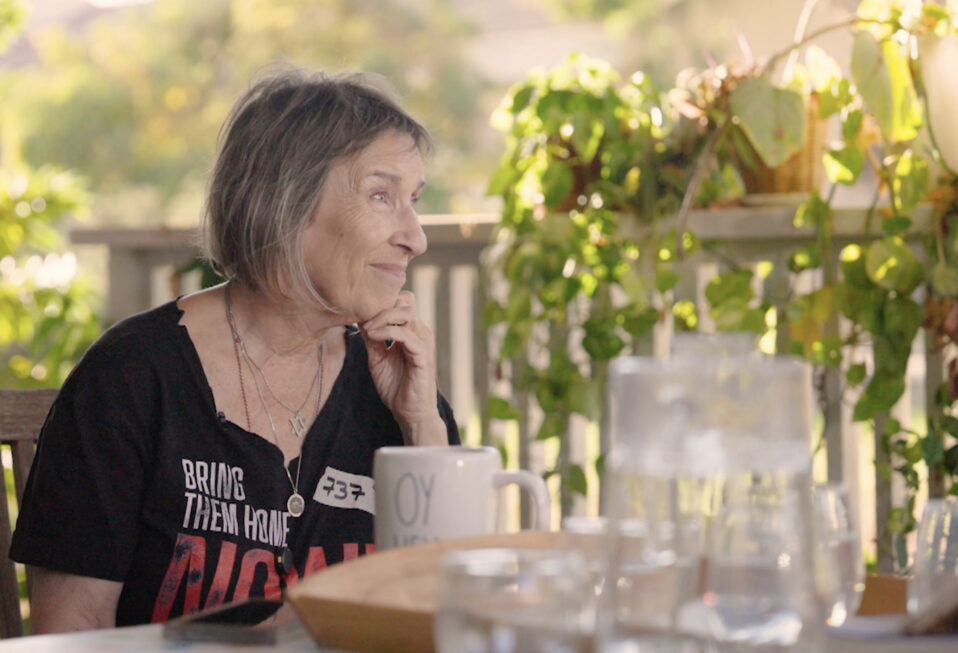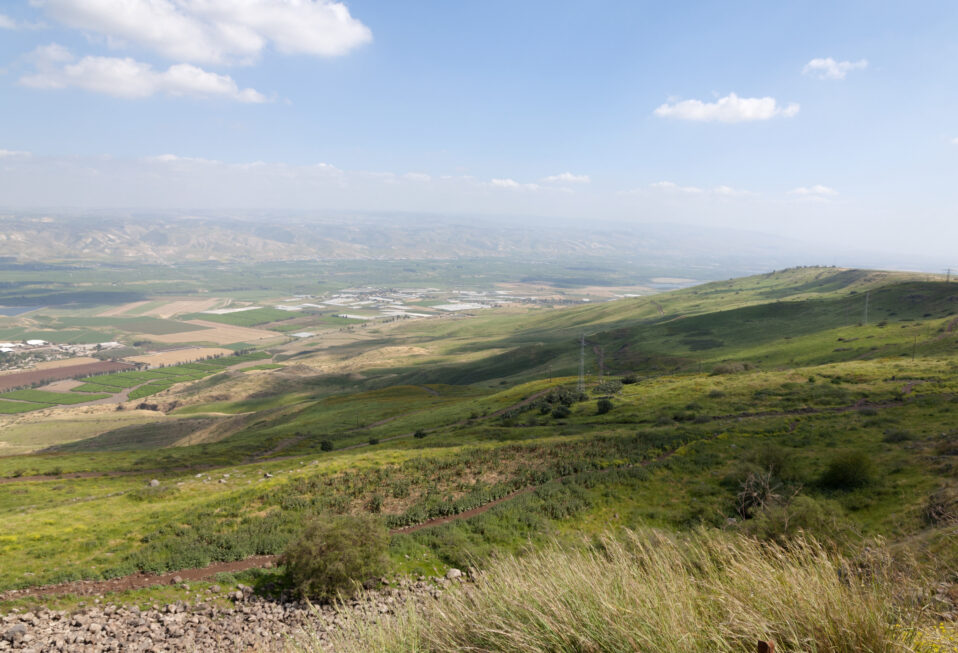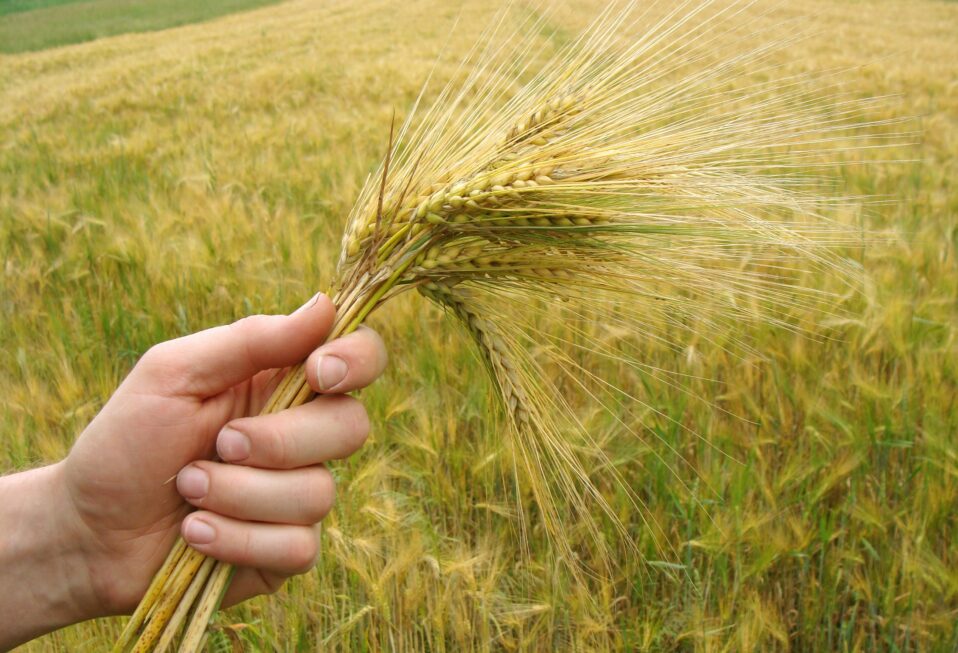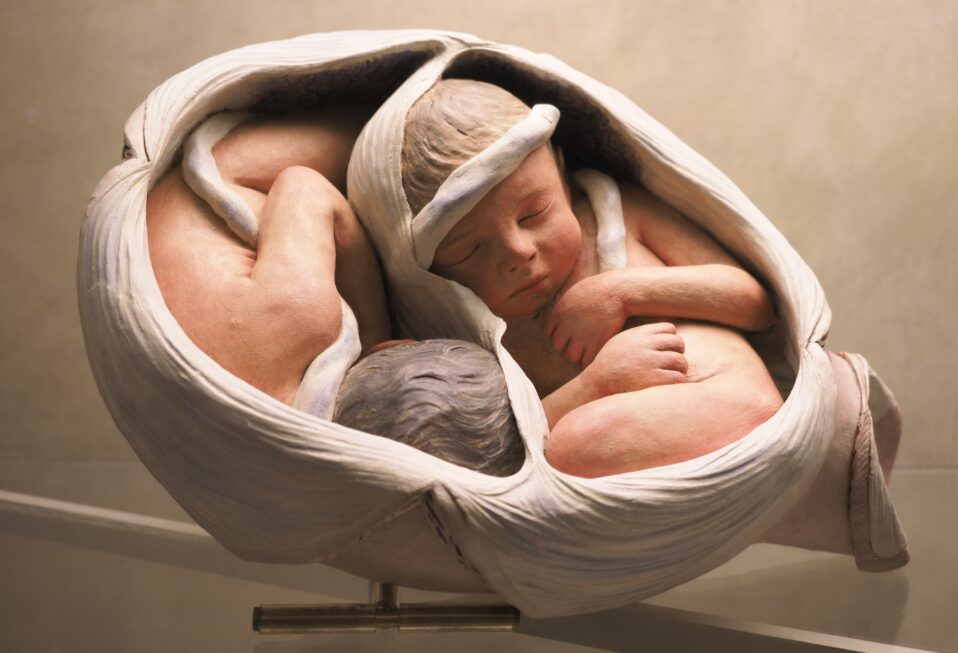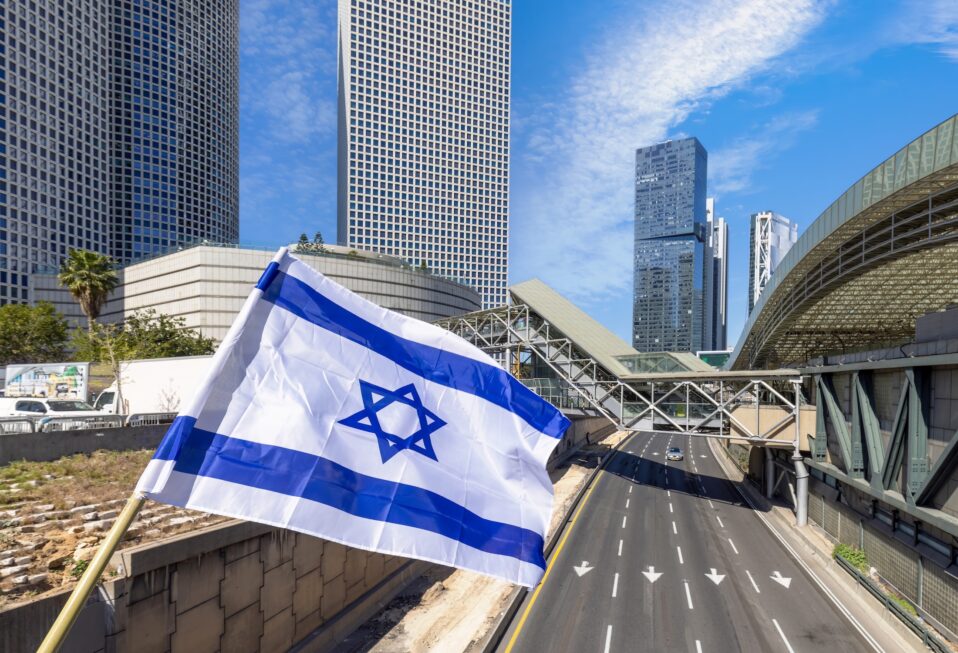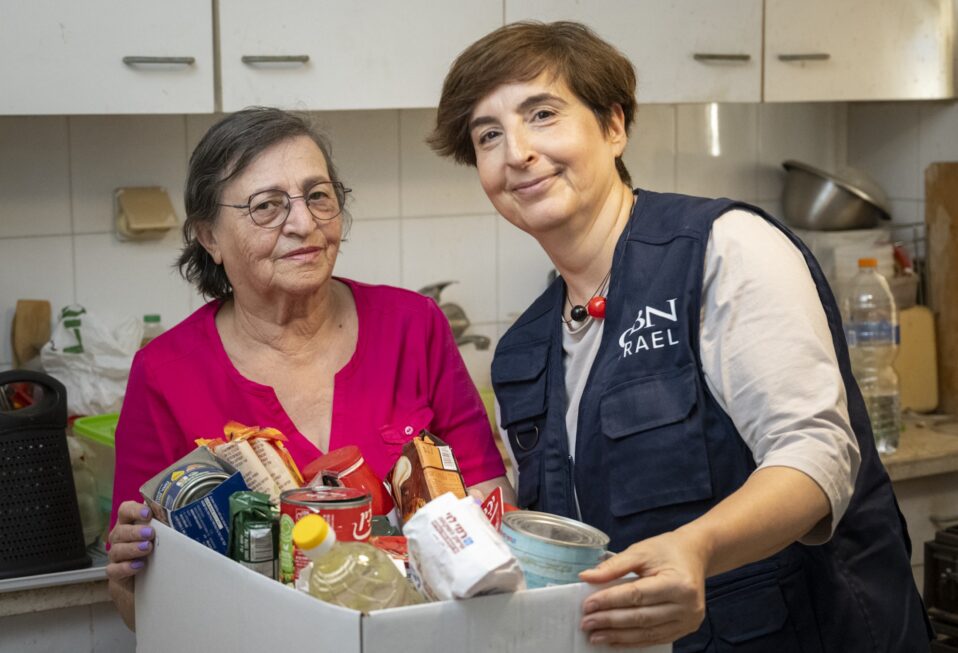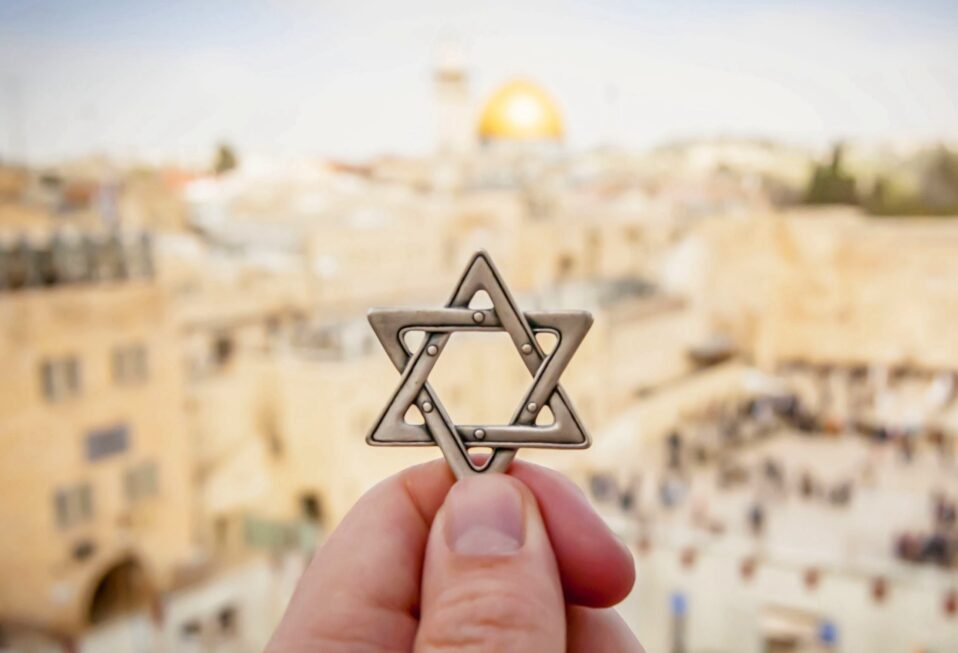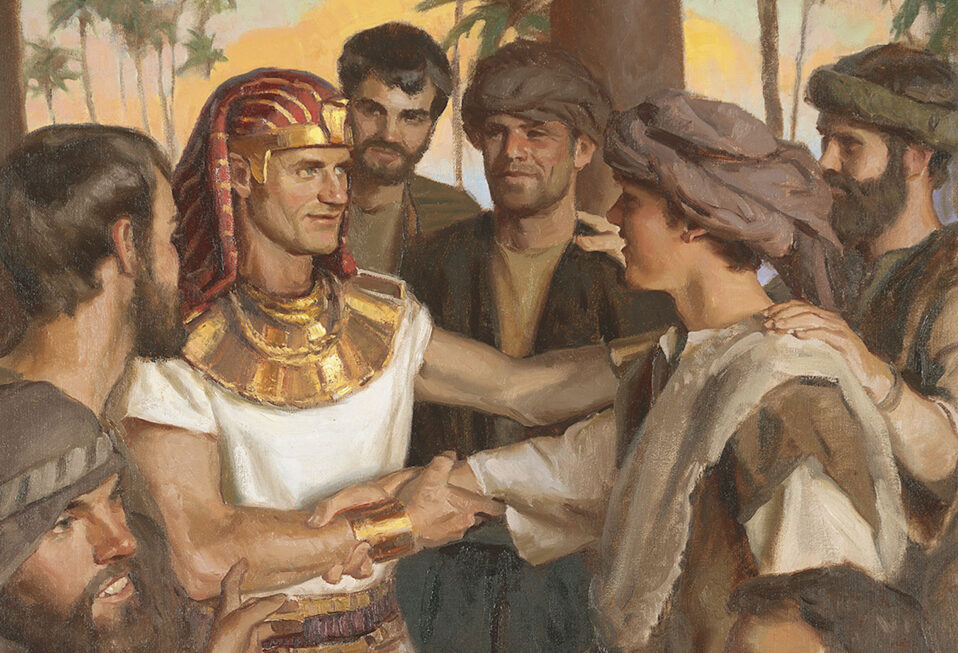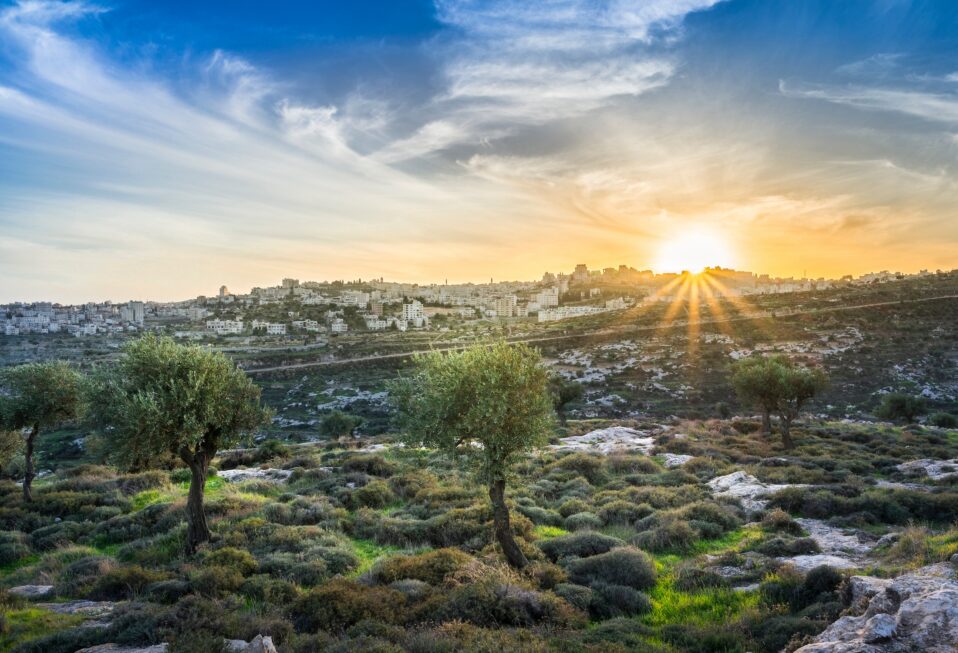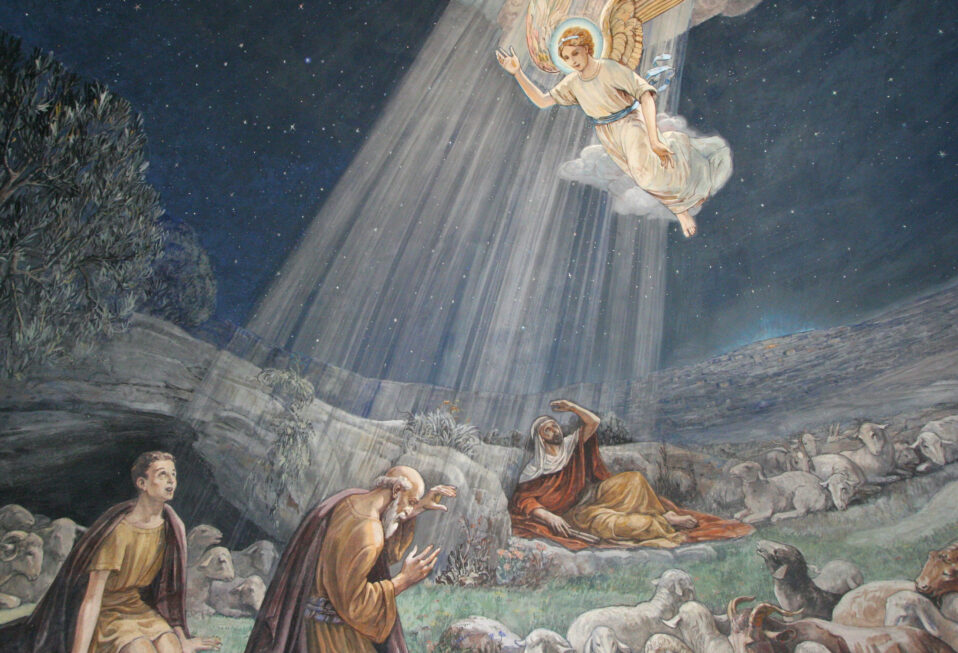By Arlene Bridges Samuels
Two important questions are often missing from the heated debates about Israel amid the tidal wave of Jew-hatred dominating the news and public discourse. Taking a step back from the noise, both detractors and evangelicals would do well to ask: “What if modern Israel never existed?” And further, “how would its absence, or its destruction over the last seventy-seven years, affect me, my family, my friends, or my nation?”
If we accept God’s perspective as revealed in Scripture, we must act on it. For those of us in the evangelical community, it is now essential to equip ourselves with accurate, fact-based talking points about our ally, Israel. We are engaged in an information war that relentlessly targets the Jewish state, our spiritual homeland. The time has come for us to speak truth and counter lies with courage and clarity.
In addition to our biblical foundation, we must also rely on trustworthy secular sources. Many who oppose Israel reject the authority of the Bible altogether. That should motivate us to meet falsehoods with verified, factual information. Today, we have access to excellent resources that promote information integrity, the responsible use of truth to confront information warfare.
I am an admirer of historian and commentator Victor Davis Hanson, whose scholarship and clarity bring both depth and reason to public debate. In his November 15 broadcast, Victor Davis Hanson: In His Own Words, he addressed the troubling Tucker Carlson and Nick Fuentes interview that drew more than sixty thousand viewers.
Hanson, who identifies as “a person of Christian faith,” is not a self-proclaimed Christian Zionist, yet he stands out as one of the most eloquent pro-Israel voices in the conservative world. He described Fuentes and Carlson, the former a Holocaust denier and white supremacist and the latter increasingly hostile to Christian Zionists, as representatives of what he calls the “Alt-Alt-Right.” This fringe group accuses Christian Zionists of being “crazy” and of “getting America into wars.”
One of Hanson’s points is especially compelling. Supporting Israel is in the national self-interest of the United States. He notes that Israel is a constitutional parliamentary republic, a democracy surrounded by hundreds of millions of people in nations that are not. As the Zionist Organization of America points out, Israel occupies only one-tenth of one percent of the landmass of the Middle East.
When critics claim that the United States wrongly gives Israel three-and-a-half billion dollars each year in security assistance, Hanson calls it a wise investment. He describes it as a “return on our money,” since Israel’s intelligence and technology cooperation greatly benefit America. He adds, “When we give them F-35s, they don’t call us up and say, ‘It’s broken.’ They improve it, and it works even better.” He also praises Israel’s Iron Dome and Iron Beam defense systems as innovations that serve both nations. His entire podcast is worth hearing.
While Hanson’s argument about national self-interest is persuasive, I believe we can also make a case for personal self-interest. Genesis 12:3 declares God’s promise to Abraham and his descendants: “I will bless those who bless you, and whoever curses you I will curse, and all peoples on earth will be blessed through you.” This verse is not only a covenant but also a divine principle of blessing.
Evangelicals who use truth and knowledge to defend Israel participate in information integrity, an act of faithfulness that honors God and benefits all people, believers and nonbelievers alike. As Proverbs 12:22 reminds us, “The Lord detests lying lips, but He delights in people who are trustworthy.”
When it comes to tangible blessings, Israel’s innovations have improved and often saved lives around the world. These facts provide powerful evidence that the modern state of Israel fulfills God’s promise to be a blessing to the nations.
According to Israel Advanced Technology Industries, a nation of just ten million citizens—eight million Jewish and two million Arab—hosts approximately 1,800 life sciences companies. Israel’s technological and medical advances reach every corner of the globe.
PressureSafe is a handheld device that detects bedsores before they become visible. Bedsores affect two-and-a-half million patients annually in the United States, causing sixty thousand deaths and costing nearly twenty-seven billion dollars in healthcare expenses. PressureSafe is ninety-two percent accurate across all skin tones.
MobileODT, another Israeli innovation, helps prevent cervical cancer, which kills three hundred thousand women each year. The portable, battery-powered ThermoGlide system allows physicians to detect and treat precancerous cells in a single visit. It is used in more than sixty countries where access to follow-up care is limited.
CorNeat KPro is a revolutionary artificial cornea that restores sight in less than an hour of surgery. Each year about two million people lose their vision to corneal blindness, yet donor corneas remain scarce. CorNeat’s synthetic alternative is changing that reality.
MeMed distinguishes between bacterial and viral infections within fifteen minutes using a small blood sample. Misdiagnosis leads to the overuse of antibiotics, and MeMed’s accuracy is saving lives and combating antibiotic resistance.
Flexible Stent technology, first developed in Israel in 1996, has saved countless lives. Israeli companies pioneered drug-eluting cardiovascular stents and innovative nasal stents for sinus surgery.
Outside of medicine, Israel has given the world drip irrigation, WaterGen (which produces clean drinking water from air humidity), cherry tomatoes, ReWalk robotic exoskeletons that help paraplegics walk, and countless breakthroughs in AI, cybersecurity, agriculture, and biotechnology. Israel’s USB drives, GPS systems, and cancer therapies continue to shape our world every day.
Since 1948, this small nation has had an outsized influence on global health, agriculture, technology, and humanitarian relief. Israel’s culture of tikkun olam, the Hebrew phrase for “repairing the world,” continues to inspire both Jewish and non-Jewish innovators alike.
Imagine a world without modern Israel. Millions would suffer or die without its medical technologies. Farmers across continents would lose efficient irrigation systems. Computers, cars, and hospitals would operate with less security and precision. Even those who deny Israel’s right to exist benefit daily from its creativity and compassion.
To equip yourself with verifiable facts rather than opinions, visit Unpacked, a leading resource that documents Israel’s global impact. Become part of the Information Integrity movement and speak boldly about the innovation nation that God has used for centuries to bless humanity.
Our CBN Israel team invites you to join us in prayer and to share truth about our spiritual homeland.
Prayer Points:
- Pray for Christian courage to speak truth with wisdom and grace to counter misinformation.
- Pray with thanksgiving that all hostages have finally returned home, whether alive or deceased.
- Pray for the brutalized hostages who continue to suffer from severe trauma.
- Pray for President Trump and Prime Minister Netanyahu to have mutual wisdom as they address the complex challenges in Gaza.
Arlene Bridges Samuels is the weekly feature columnist for CBN Israel since 2020. Working on the staff of the American Israel Public Affairs Committee (AIPAC) as their SE Regional Outreach Director for nine years, International Christian Embassy Jerusalem USA engaged her as the Leadership Outreach Director part-time for their project American Christian Leaders for Israel. Arlene is an author at The Blogs-Times of Israel, is published at AllIsrael.com and The Jerusalem Connection, and has traveled to Israel since 1990. By invitation, she attends Israel’s Government Press Office Christian Media Summits as part of Christian media worldwide. In 2024, Arlene and her husband Paul co-authored Mental Health Meltdown: Illuminating the Voices of Bipolar and Other Mental Illnesses. www.TheMentalHealthMeltdown.com.


